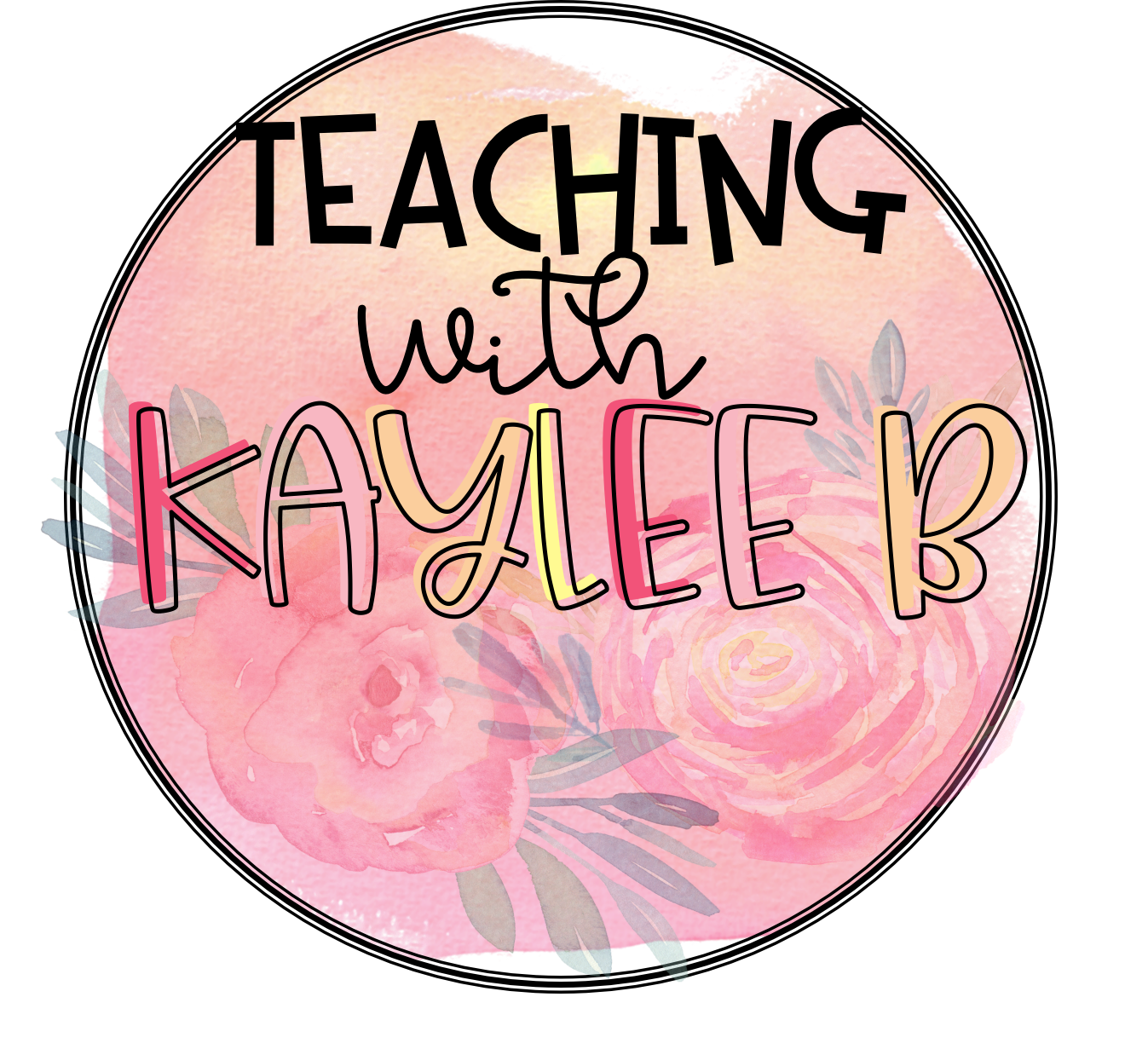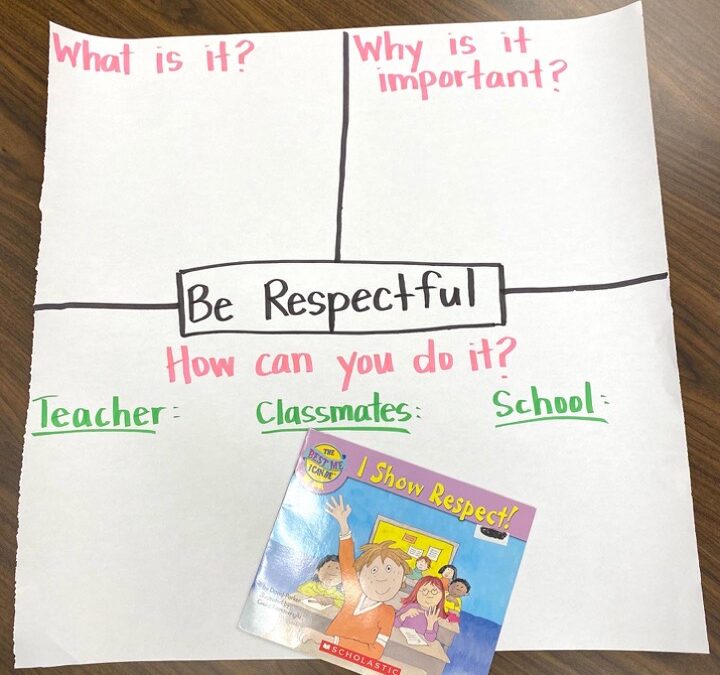If you don’t have a plan then you are not prepared. And usually when you are not prepared it is hard to succeed. One of the hardest parts of teaching is classroom management. If you can get that right then your life is so much easier. That’s why today I’m sharing a classroom management plan sample that you can use this school year.
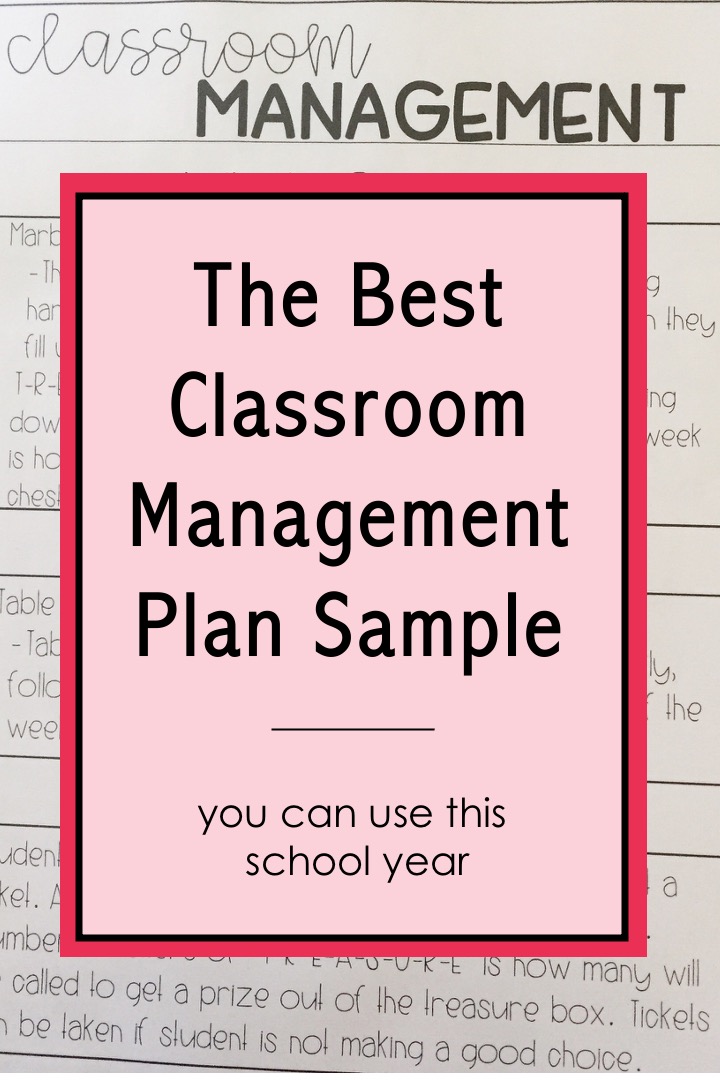
What is a Classroom Management Plan
This is an outline of how you will handle things in regards to classroom management and behavior management. How will you build positive relationships with students? What are your classroom rules? What happens when a student breaks those rules? What behavior incentives do you have for students? How will you help students have quick transitions in the classroom? A classroom management plan will answer these questions.
Why is it Important to Have a Classroom Management Plan
Teachers make so many decisions in a day. If you have a classroom management plan then that cuts back on the decisions you have to make in a day. If a student breaks a rule, you know what should happen without having to think something up on the spot. It helps to save brain power!
Having a classroom management plan helps you be consistent with behaviors. Students will get used to that consistency and will know what to expect. It will help students have good behaviors and will help things run smoothly in your classroom.
If you are just beginning your career as a teacher and are job hunting, it is so important that you have thought through a classroom management plan. They will ask you about classroom management in interviews. For more interview help, check out this blog post here: Teacher Interview Tips to Help You Land the Job
Classroom Management Plan Sample
My first point of my classroom management plan is to set up the school year right. On the first day of school I do activities where I get to know my students’ interests and let them get to know me. This helps to build positive relationships with students.
I do this in a simple way by having a bag filled with things that I like. Students help me take the things out of the bag and I briefly talk about the things I like. Then I give students a worksheet with a picture of a bag on it. Students draw in things that they like. I take note of these things and bring them up in conversations and see if I can incorporate some of their interests in my lessons.
During the first week of school I also teach my students our class rules. I do this by making a class agreement with my students. We read picture books that share different values. We make a list of all the values these books teach. At the end of the week, I help my students put this list into different categories. Those become our class rules. I type them up and print them out on a poster. Then I have my students write their name on the poster. I tell students that as they write their name, they are agreeing to follow these values or rules.
I also give my students some explicit instruction on what these rules are. I make an anchor chart of what it means to be respectful and examples of how students can show respect to their classmates, and their teacher, and their school.
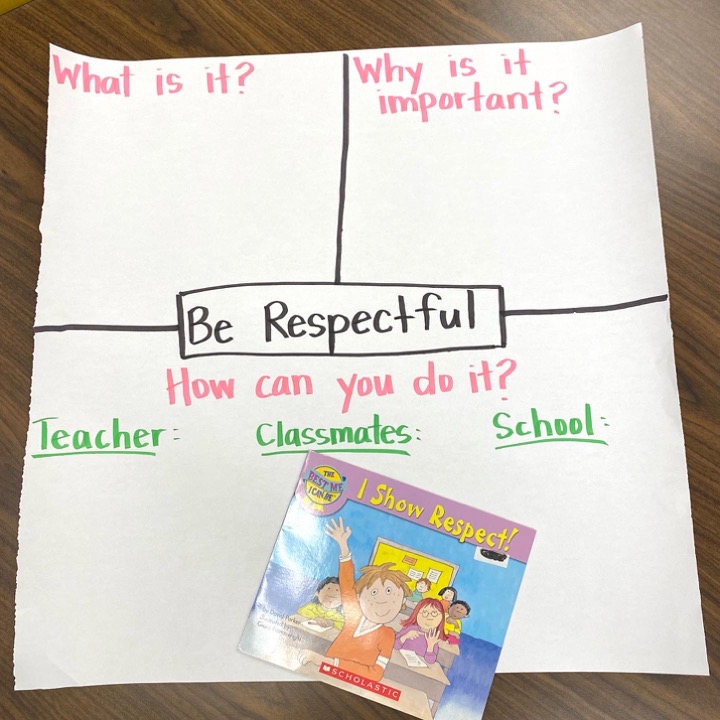
I make another anchor chart to help my students learn what being responsible means. With the chart, students help sort different scenarios and say whatever they show being responsible or not.
As part of a classroom management plan sample, it is not only important to explicitly teach the rules of your classroom but also the procedures of your classroom.
Write out all the procedures you can think of to help you run your classroom smoothly. How should students turn in papers? What will you do to pass out copies quickly? How should students indicate if they are having home lunch or school lunch? What should students do when their pencil breaks?
As part of my classroom management plan, I listed out all of these procedures. Then I wrote out the steps students need to do for each procedure. I kept this organized in a PowerPoint Presentation. When I introduce these procedures to my students during the first week of school, I display the PowerPoint with the steps. We read through them. I model them for students. After students watch me, we list how the procedure should look like, sound like, and feel like. Then I have my students practice it until they get it perfect and it matches my expectations.
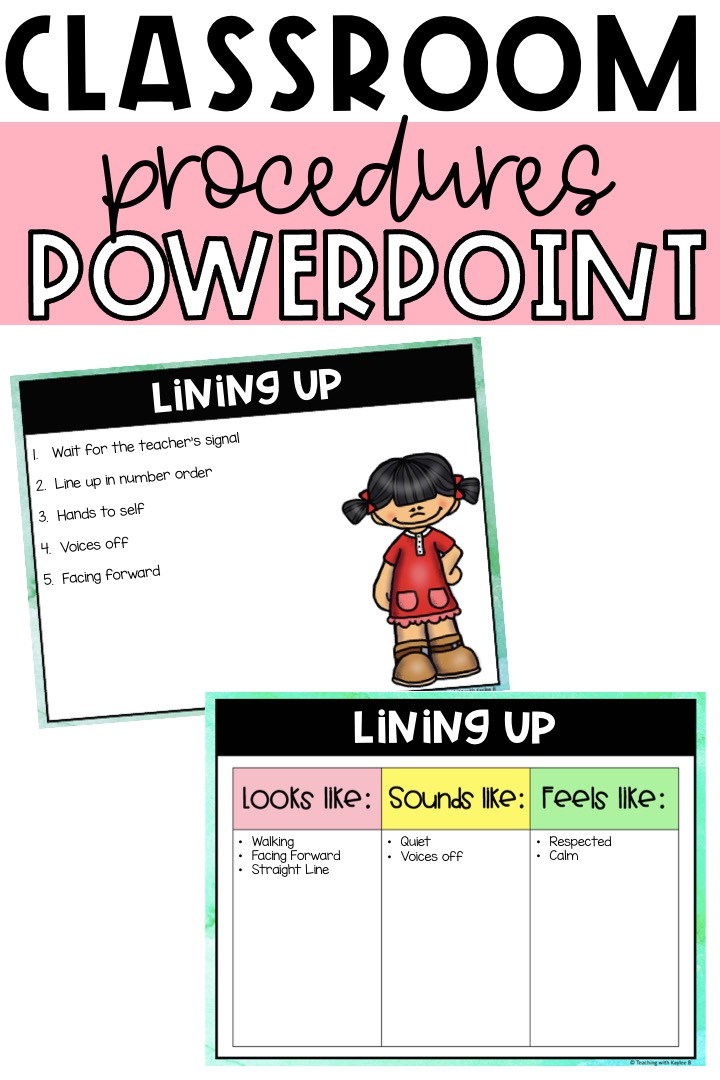
Having a solid foundation of good procedures and routines will help students with behaviors. They know what to do in every situation and know what you expect with those. If students don’t get it right, we pause, review the steps, and have students practice until they get it right. Find the PowerPoint slides I use here.
Get a list of classroom procedures and routines you should have in your classroom here in this blog post: Top 9 Classroom Procedures and Routines, Number 3 is a Life Saver!
Now let’s get into some other classroom management plan examples that will help students with behavior.
Classroom Management Plan Examples
Having behavior incentives helps to motivate students to have good behavior and follow your classroom rules. I like to break these behavior incentives into three categories: whole group, small group, and individual.
Whole Group Incentives
I love to see my students work together for good behavior. I help my students do this by having a whole class rewards system. We have a class flower that I have posted up on our front whiteboard. It starts out as just the middle of the flower. Students vote on a reward they want and that goes on the center. That way students are reminded what they are working towards. There are ten petals that go around the flower. When students have good behavior, I give them a petal. When students get all ten petals, they have earned the reward.
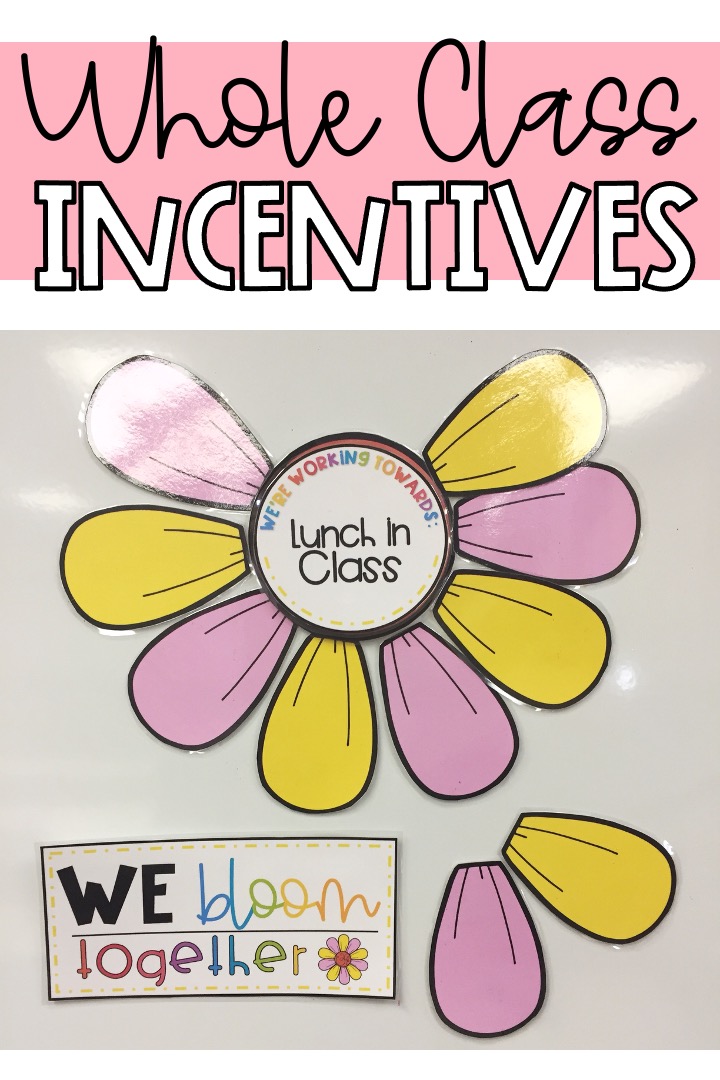
For a list of whole class reward ideas, check out this blog post here.
It usually takes 1-2 weeks for students to earn the reward. I give students a chance to earn a petal from meeting our centers expectations, having “awesome lessons” during our math and reading blocks, and getting a compliment from our specials teachers. Find this Whole Class Rewards System to use as part of your classroom management plan here.
Small Group Incentives
I have the desks in rows in my classroom. My 2nd grade students do well when there is a little competition with good behavior among the groups. Some years I have done row points. If all the students are on task and ready, I give them a point. At the end of the week, the row with the most points gets a little treat.
Sometimes it can be a lot to keep track of all the points and always rewarding students. So I use positive logical consequences instead. For example, if a row is on task and ready, I’ll let them get ready for lunch first. Or if a row was silly getting out needed supplies, I will have them try again. This is really motivating for students and I don’t have to keep track of adding points up on the board.
Individual Incentives
Individual incentives are where the power is at. Students are incharge of their own behavior. I give my students Good Choice Punch Cards. When I see students go above and beyond with behavior, I will give them an X on their punch card with an erasable pen. When students fill up their punch card, they earn a Student Reward Coupon.
I keep these in a fun treasure box. These are things like eating lunch in the classroom with a friend, using a special pen for a day, and being the teacher helper for a day. Get more ideas for individual student rewards that don’t cost you a lot of money in this blog post here. Find the Student Reward Coupons I use here.
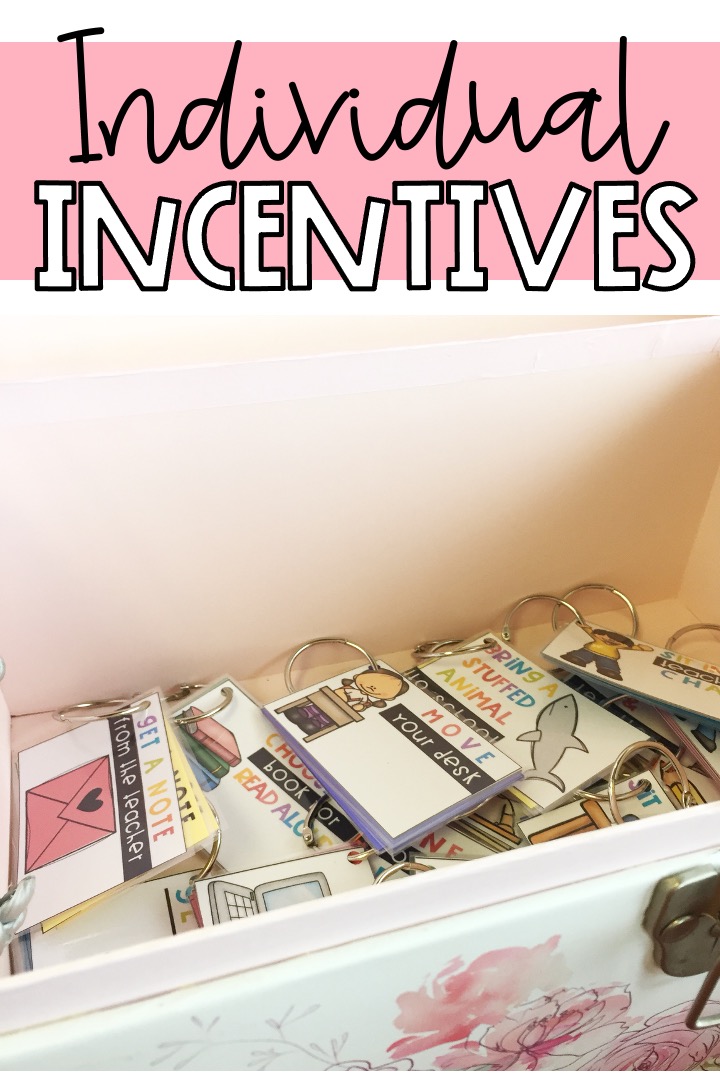
Individual incentives are important because you can give consequences for when a student breaks a rule. When a student breaks a rule, I will tell them to “redirect.” This is like a warning. It tells the student to stop what they are doing and redirect their brain to do the right thing. When this student breaks a second rule that day, I will erase an X on their punch card. When this student breaks a rule the third time that day, I will erase an X, and move where they are sitting. I have an empty student desk by my desk. They move their stuff and work over there for the rest of the lesson. When they break a rule for a fourth time that day, they get a parent note home.
Having these consequences set in place helps students learn quickly to follow the rules. You must be consistent. Anytime a student breaks a rule, follow through with the consequence. As time goes on, you will have less and less consequences you need to give out.
I like having a set sequence of consequences because I don’t have to use a lot of brain power in the moment when a student does break a rule. I know what will happen and so do my students. It helps students feel safe because they know what to expect.
Here’s another idea you can add to your classroom management plan. Have Fun Friday time in your classroom. This is 15-20 minutes at the end of the day on Fridays where students get free time to play with classroom toys. Students can go straight to Fun Friday if they have finished all their work from the week. When students have work that needs to be finished, they work to get that done and then they can go to Fun Friday.
I also check that students have a clean desk before they are excused for Fun Friday. Students clean their desks so fast because they want that free time.
I allow students to earn bonus Fun Friday time throughout the week. If students have quick transitions, then I add some Fun Friday seconds on our front white board. If they are slow or talking over me, I will minus some Fun Friday seconds. At the end of the week, I’ll add up all those seconds and add that onto the base Fun Friday time.
Fun Friday motivates students to get their work done throughout the week and to have quick transitions, making it a great addition to a classroom management plan sample. Learn more about using Fun Friday here in this blog post: 3 Fun Friday Ideas for Classroom Management
I hope that from reading this blog post, you have been able to get a lot of ideas on what to include in your classroom management plan. Pick and choose ideas that will work for your teaching style. And remember if something isn’t working out, tweak it! Children are flexible and will learn.
Find all of my classroom management resources in a money-saving bundle here.
Looking for everything you need for Back to School? Check out this bundle where you get all of my classroom management tools plus other back to school essentials in this Back to School Mega Bundle here.
What do you want to implement from this classroom management plan sample? Comment below. I’d love to hear from you!
